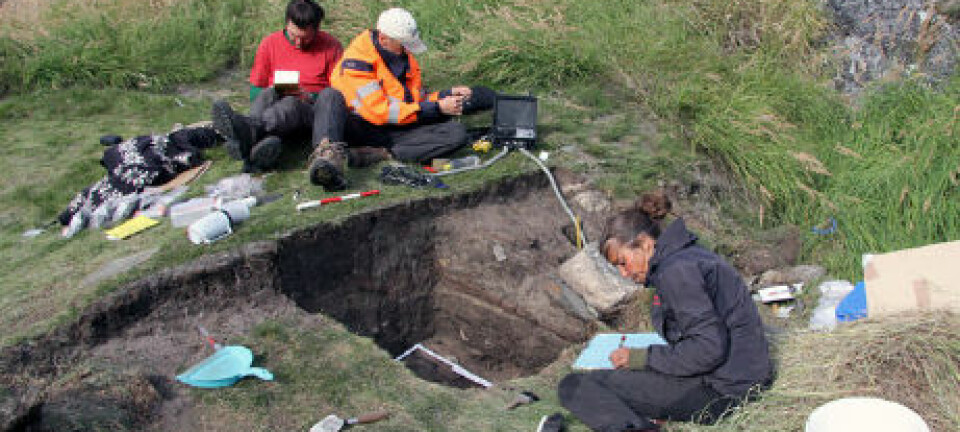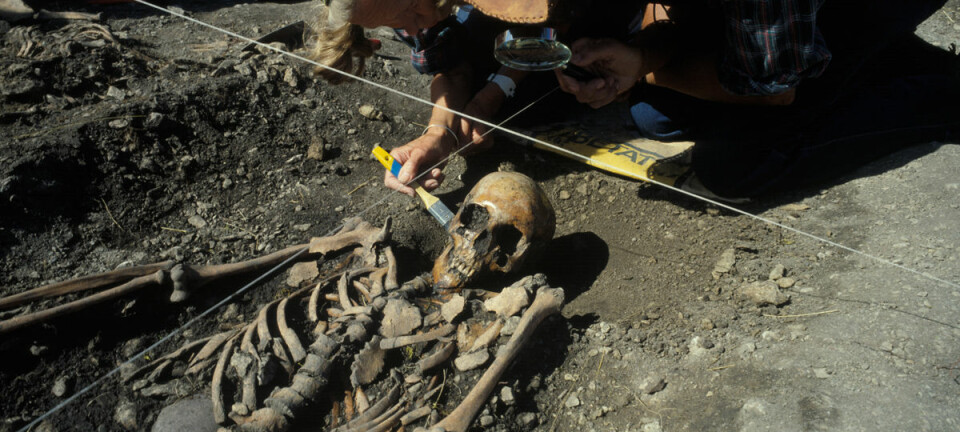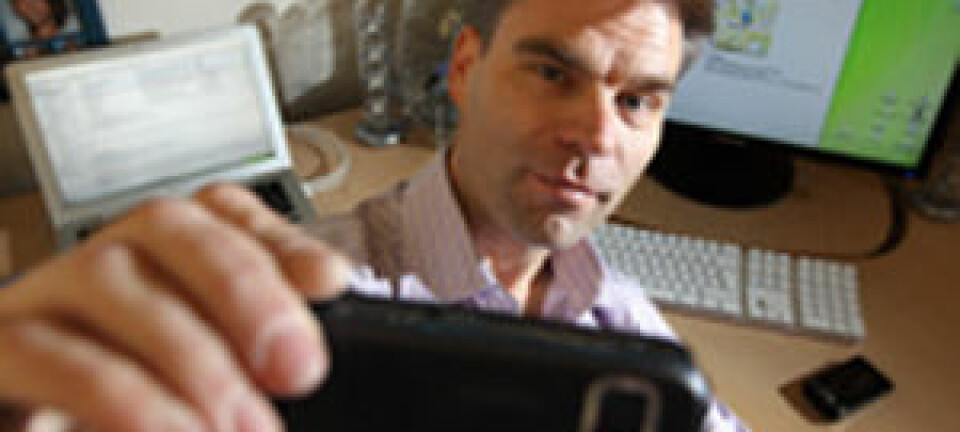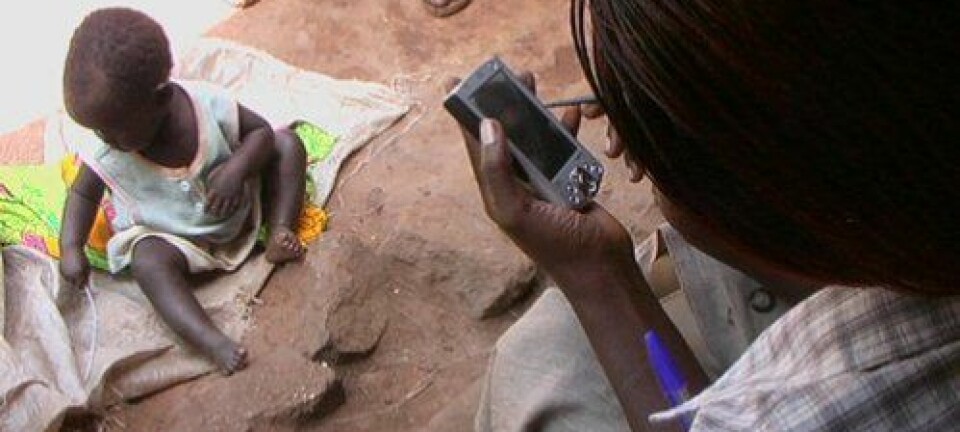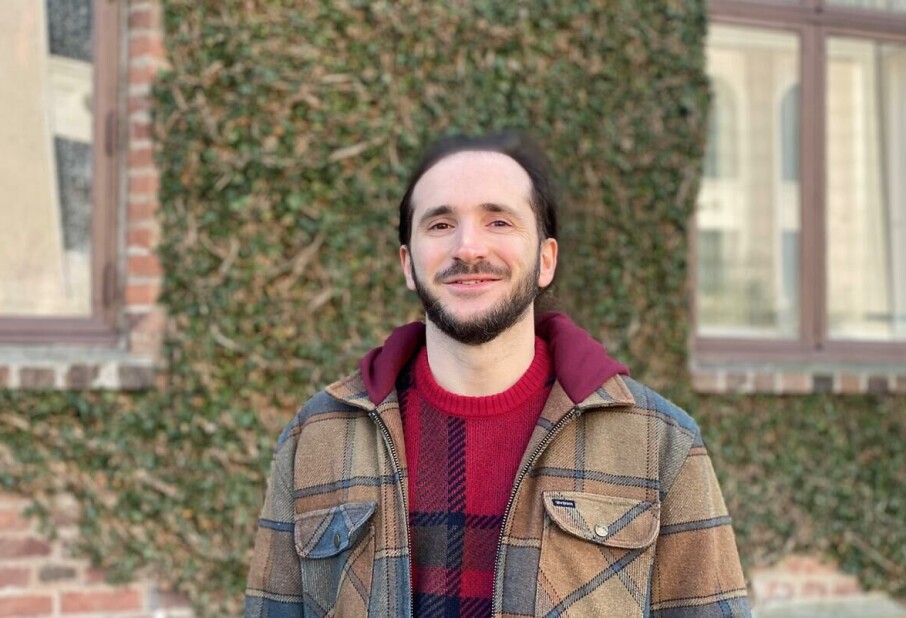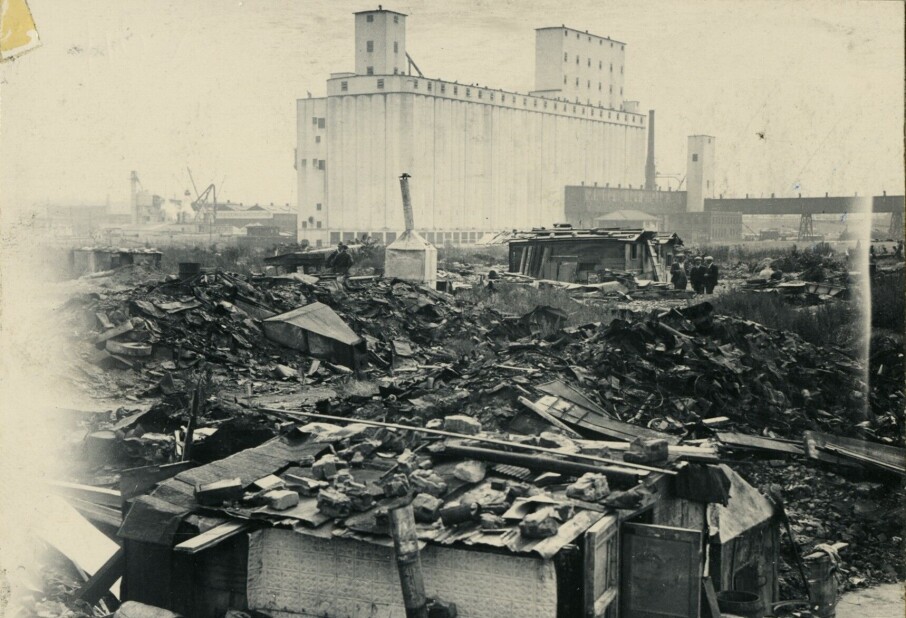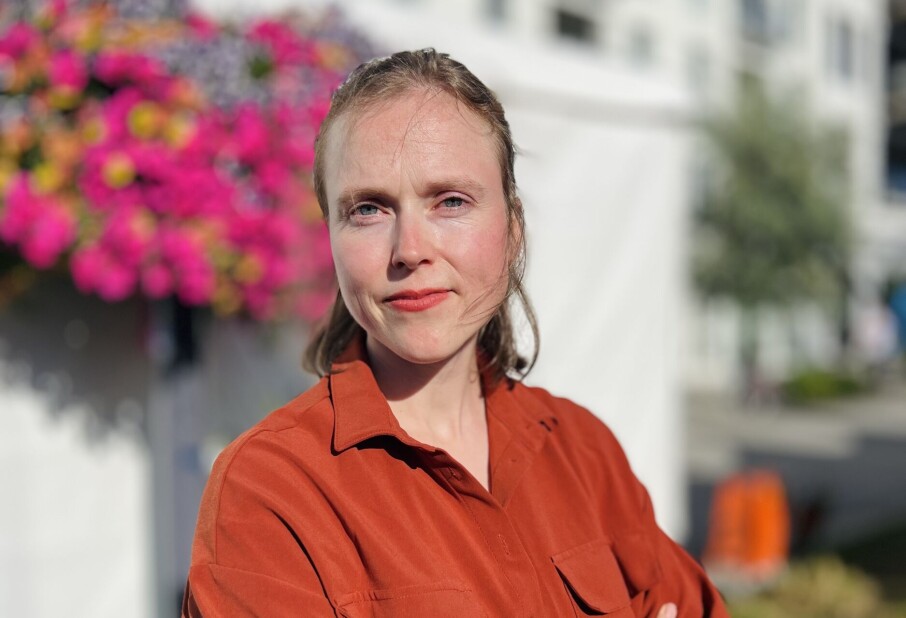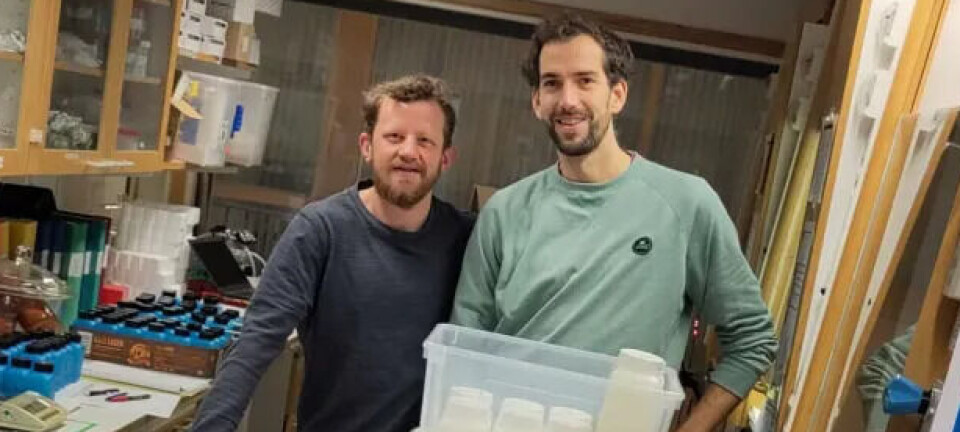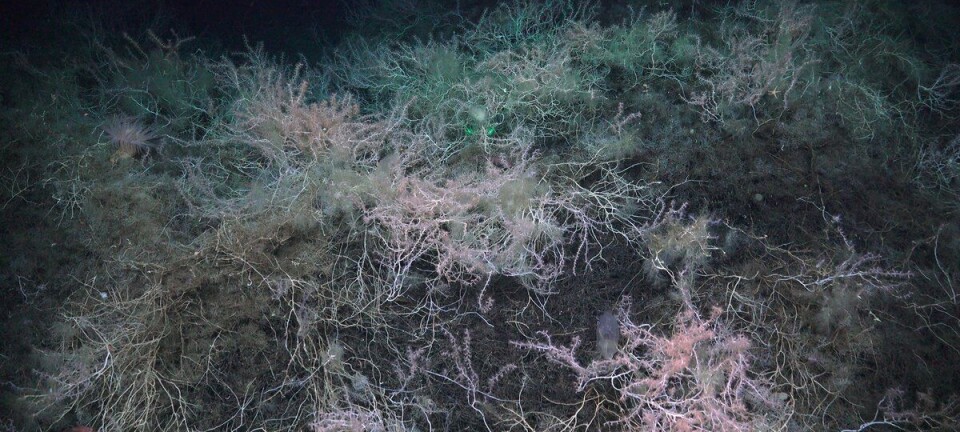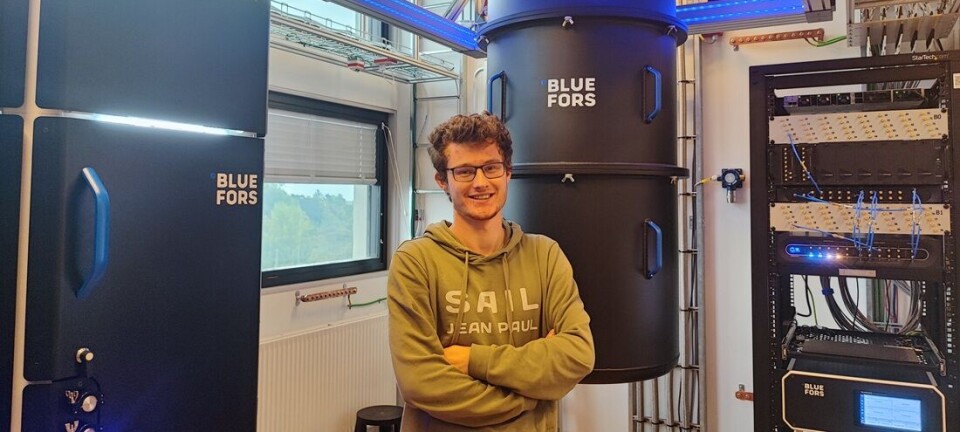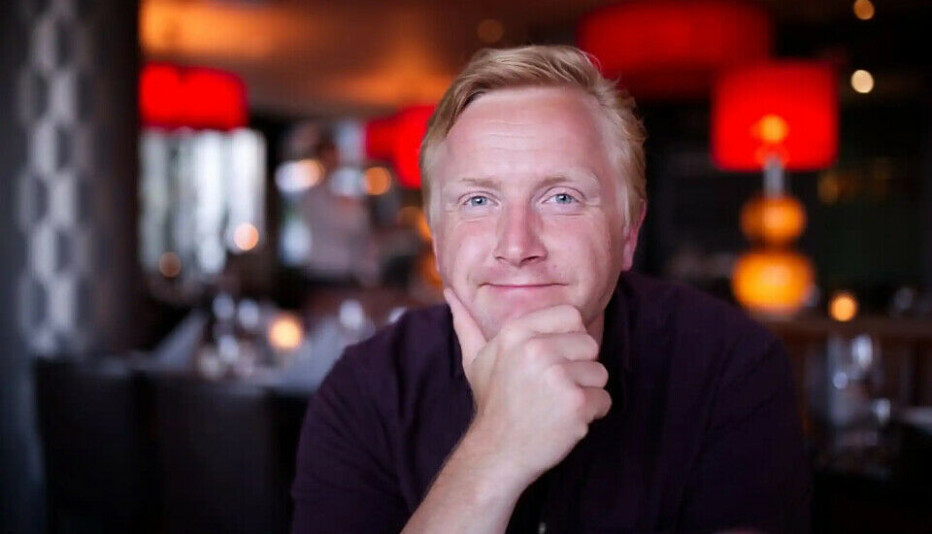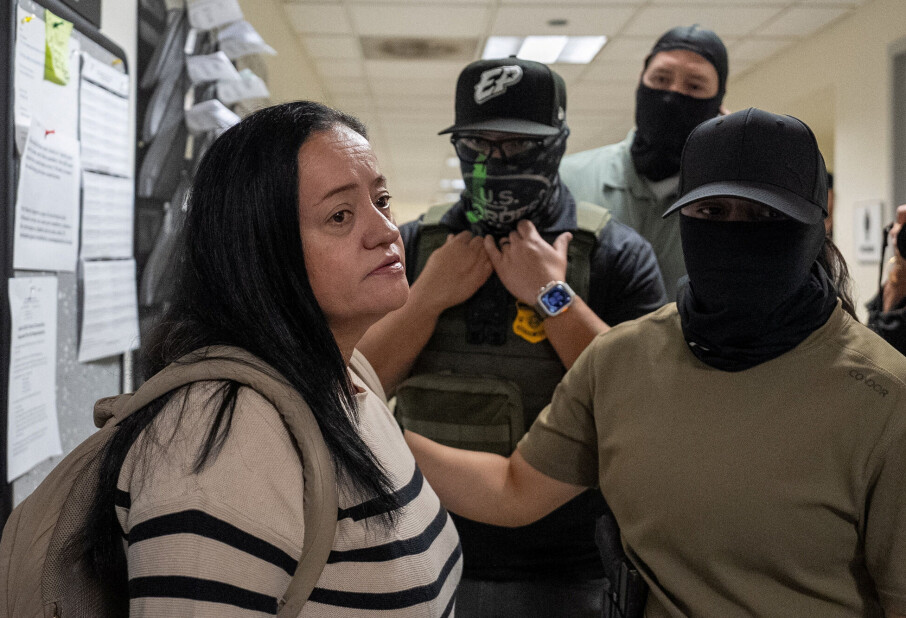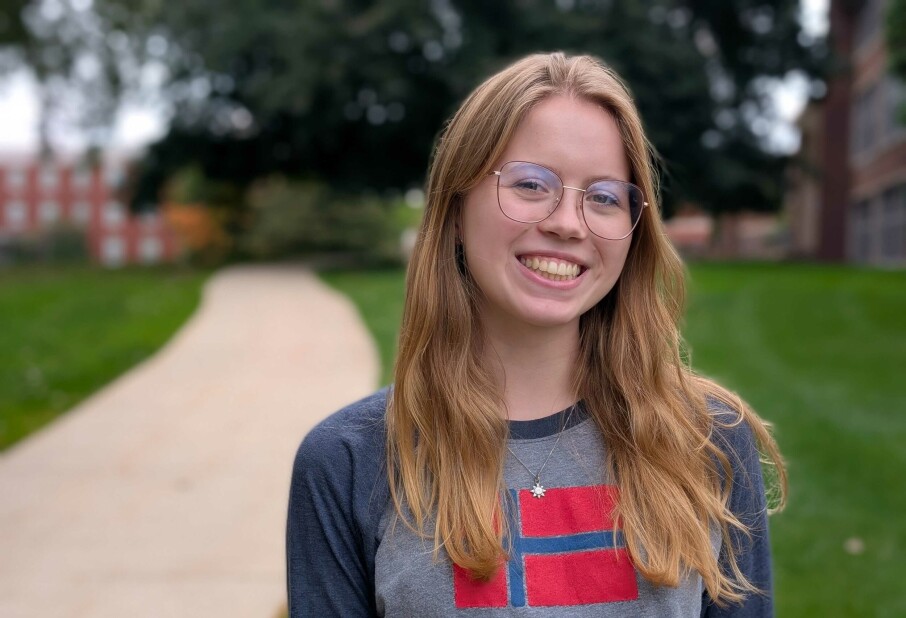An article from Norwegian SciTech News at SINTEF
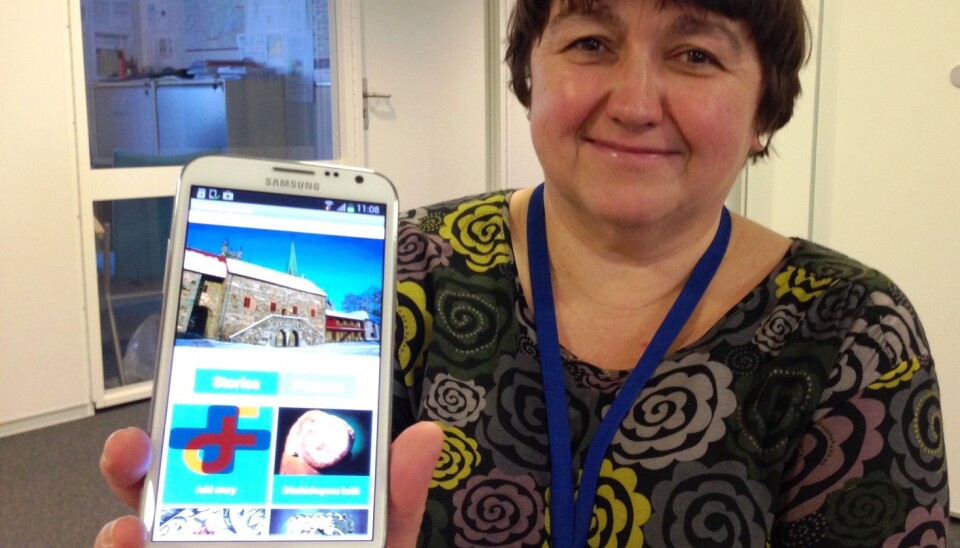
What do you know about Lawrence of Rome?
The EU wants people to get more interested in their cultural heritage, and is starting pilot projects in England, Spain and Norway.
Denne artikkelen er over ti år gammel og kan inneholde utdatert informasjon.
Only a pitifully small percentage of us visit museums and art exhibitions, or go to history lectures. But the EU believes that cultural heritage is something that should appeal to more of us.
It wants to develop policies that will make more people aware of their heritage. This will promote solidarity and make people better able to understand each other.
The TAG CLOUD project is about tailoring cultural experiences to the individual – via smartphones, tablets or PCs. It will give users customised access to the cultural information that interests them the most. Basically, it will put our cultural heritage at our fingertips.
The saint who was tortured
ICT researcher Jacqueline Floch shows photos of the West Front of Nidaros Cathedral on her smartphone, and explains:
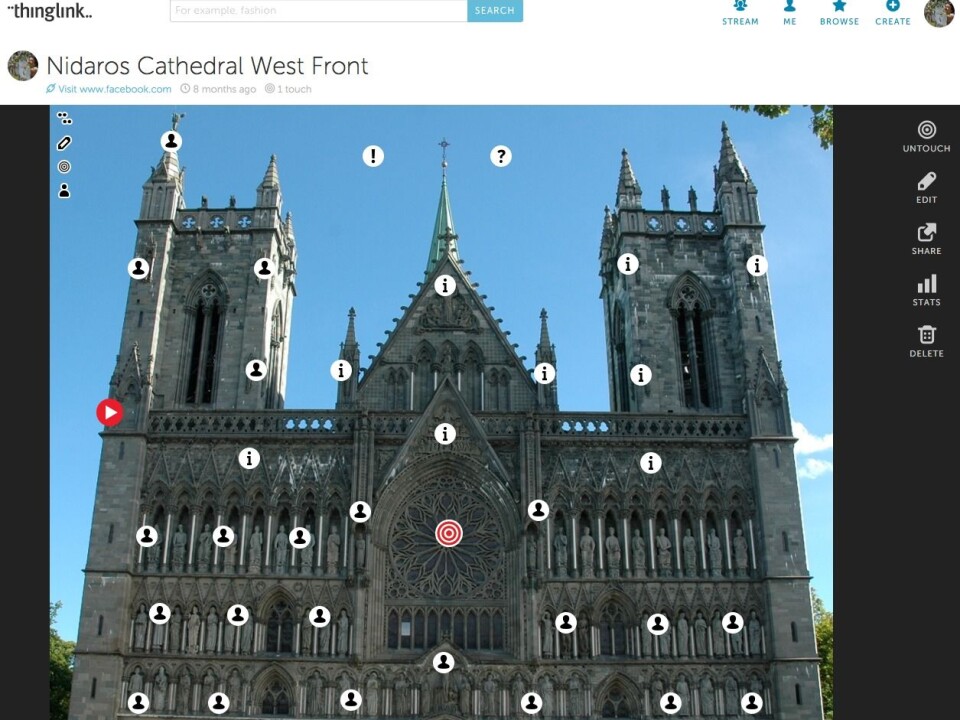
"Look at all these sculptures! Tourists are always standing looking at this wall, and we could provide them with information in so many ways."
She clicks on one of the tags, and a picture of the sculptor Lawrence of Rome appears.
Another click brings up some text that tells us that Lawrence was a saint, also known as St Lavrans.
He was in charge of the Treasury, and was one of seven deacons of Rome.
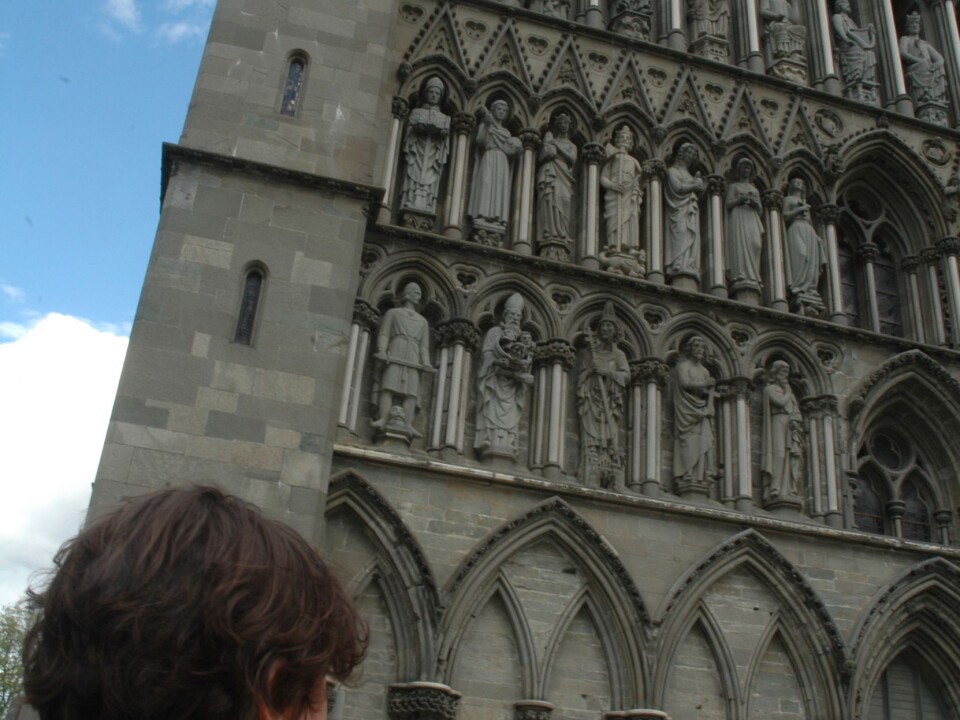
Yet another click brings up a video of a meteor, and text relating how Lawrence was tortured in the month of August, and that all the shooting stars seen in that month represent Lawrence's tears.
"It’s also possible to link to music-related narratives", Floch explains.
For example, the face of the Archangel Michael here on the West Front of Nidaros Cathedral was inspired by Bob Dylan, and the composer Olivier Messiaen has written an opera about Francis of Assisi.
"It is important to be able to offer a variety of narratives that can appeal to different people. This way, we can distribute the information more widely," she says.
Trondheim and Rissa
Three places in Europe will carry out pilot studies:
The Barber Institute of Fine Arts is a small art gallery in Birmingham. It would like to attract more visitors.
The considerably more famous Alhambra in Spain does not need any more visitors, but would like to present information in new ways – and link this to other sightseeing destinations in the region.
In Norway, SINTEF is working with the county authority in South Trøndelag with the aim of generating interest in culture in the landscape. Trondheim and Rissa are the two places that have been selected.
Rissa offers cultural heritage sites such as Rein Abbey and the rock carvings at Stykket.
Trondheim has a the wharves, Nidaros Cathedral, the Archbishop's Palace, and hundreds more places are listed in the cultural heritage register.
"TAG CLOUD is not like Facebook, Twitter or Instagram," Floch emphasises.
"But it will incorporate some of the same social elements."
The aim is to make users active in promoting their own cultural experiences, creating, sharing and adding information about buildings, artefacts and places. It means that content will gradually become tailored to what people actually think is interesting and exciting.
A challenge to schoolchildren and students
The project started in February last year, and the researchers developed an early prototype last spring. Since the idea is for TAG CLOUD to be used both for teaching and leisure, they wanted to hear what students and teachers in upper secondary schools thought about it.
Last summer, pupils at the Rissa and Thora Storm upper secondary schools in Trondheim were given the challenge: How could they envisage creating narratives or making comments on a cultural heritage sight?
A group of students, from the Norwegian University of Science and Technology (NTNU), also worked to develop an app they called 'stedr'. The same idea was used here as for the West Front of Nidaros Cathedral: a variety of narratives about various people.
Since ‘stedr’ takes narratives from ‘Digitalt fortalt’ and uses sharing in Twitter and Instagram, it’s easy to link it to other programs. This app will be further developed, and we will also provide support to other databases such as ‘Storify’.
Motivating people to take part
"The experiment in South Trøndelag is challenging", admit the researcher.
"The county is a big one, and contains many cultural heritage sites. It does not have a curator like in a museum – it's up to us to motivate people to take part in the project. But there are many enthusiasts who can present our cultural heritage. We find them in cultural heritage societies, history groups – and on the street".
The plan is for a pilot study to be ready in Trondheim in September.
"There are so many creative apps", says Jacqueline Floch, looking at her mobile.
"Look at this! Imagine if we could be as inventive as the French Grand Palais and their information about Cubism. On this app, people can create their own Cubist pictures after their visit, and share them with friends on Instagram. Look at this one I created"!
She leans back in her seat and laughs. "They really know what they're doing. I will have no trouble remembering this information about Cubism".








